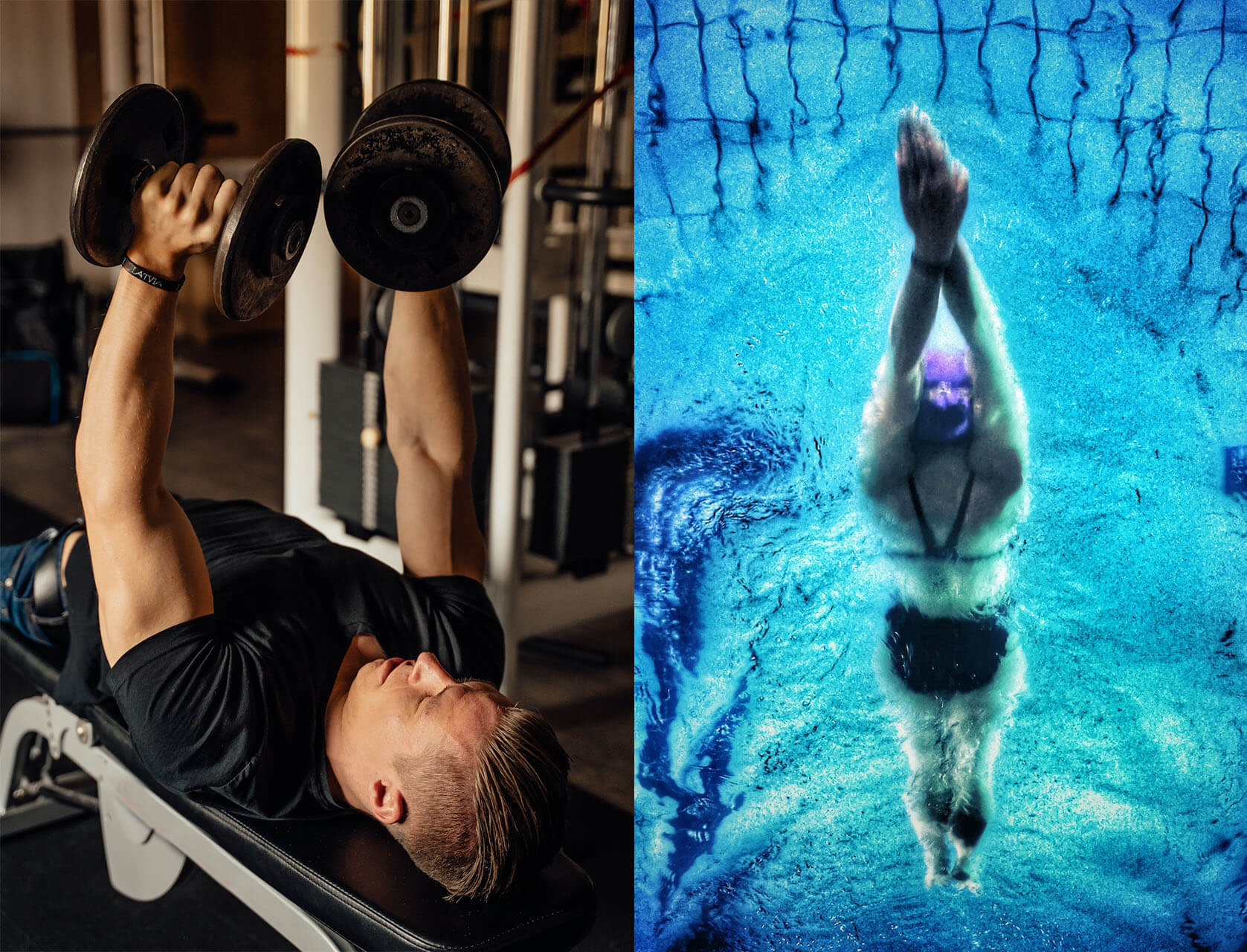No one is saying swimmers are as muscular as weight lifters, but some swimmers have quite the hard bodies. You’d be forgiven for thinking they were fitness models instead of dedicated swimmers.
So this has got a few people thinking: when it comes to swimming vs. weightlifting, which is better for your fitness goals? Should you hit the gym or the pool?
Swimming provides an excellent low-impact cardiovascular workout that incorporates all your major muscles, without taxing your joints and bones. It’s a great way to improve endurance, flexibility, and overall fitness as well as giving you a toned look. On the other hand, weightlifting places much more resistance on your muscles than swimming which can help to make your muscles bigger and stronger once they recover.
So, which is better for your fitness goals? The answer ultimately depends on what you’re trying to achieve. If you’re looking to build significant muscle mass and strength, weightlifting may be the way to go. If you’re more focused on cardiovascular health and endurance, swimming may be the better choice. However, it’s important to note that both forms of exercise can complement each other and be incorporated into a well-rounded fitness routine.
Benefits of Swimming
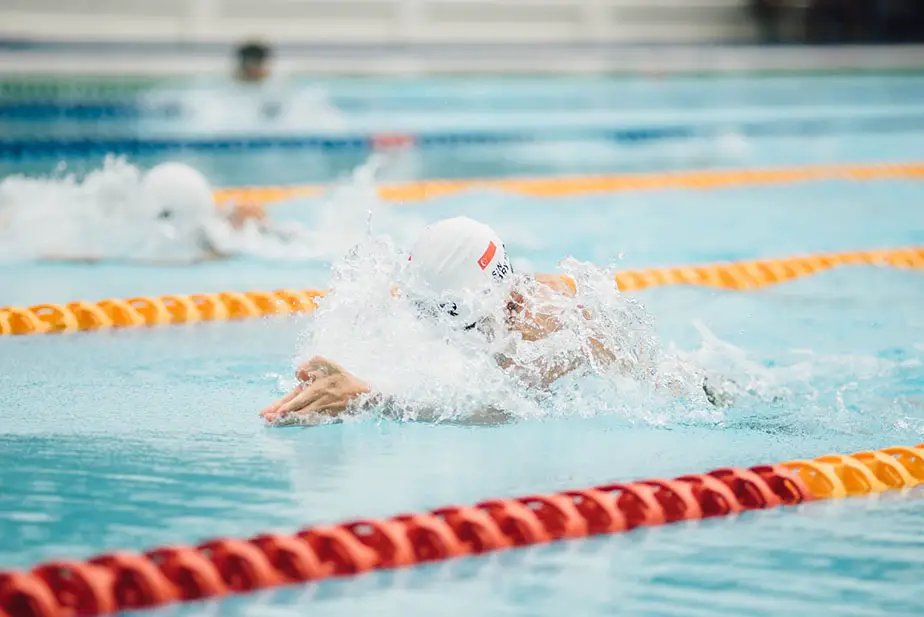
Swimming is a full-body workout that offers numerous benefits for fitness enthusiasts. Here are some of the key benefits of swimming:
- Low-impact cardio: Swimming is a great option for people who want to avoid joint pain. It is a low-impact cardio exercise that puts less stress on your body compared to other high-impact exercises like running. Even if you’re swimming with great intensity, it will not have as much impact on your joints the way running can, for example.
- Builds endurance: Swimming is an excellent way to build endurance. It challenges your cardiovascular system and helps you to develop greater lung capacity.
- Tones muscles: Swimming works all of the major muscle groups in your body, including your arms, legs, back, and core. This helps to tone and strengthen your muscles.
- Burns calories: Swimming is a great way to burn calories. It is estimated that a 155-pound person can burn around 400-500 calories in an hour of swimming depending on the intensity of the workout.
- Improves flexibility: Swimming can help to improve your flexibility, particularly for your shoulders and ankles. The resistance of the water can help to stretch your muscles and improve your range of motion.
- Reduces stress: Swimming is a relaxing and meditative exercise that can help to reduce stress and anxiety. It can also help to improve your mood and mental health.
In summary, swimming is a great exercise for people of all ages and fitness levels. It offers a full-body workout that can help to improve your cardiovascular health, build endurance, tone your muscles, burn calories, improve flexibility, and reduce stress.
Benefits of Weight Lifting
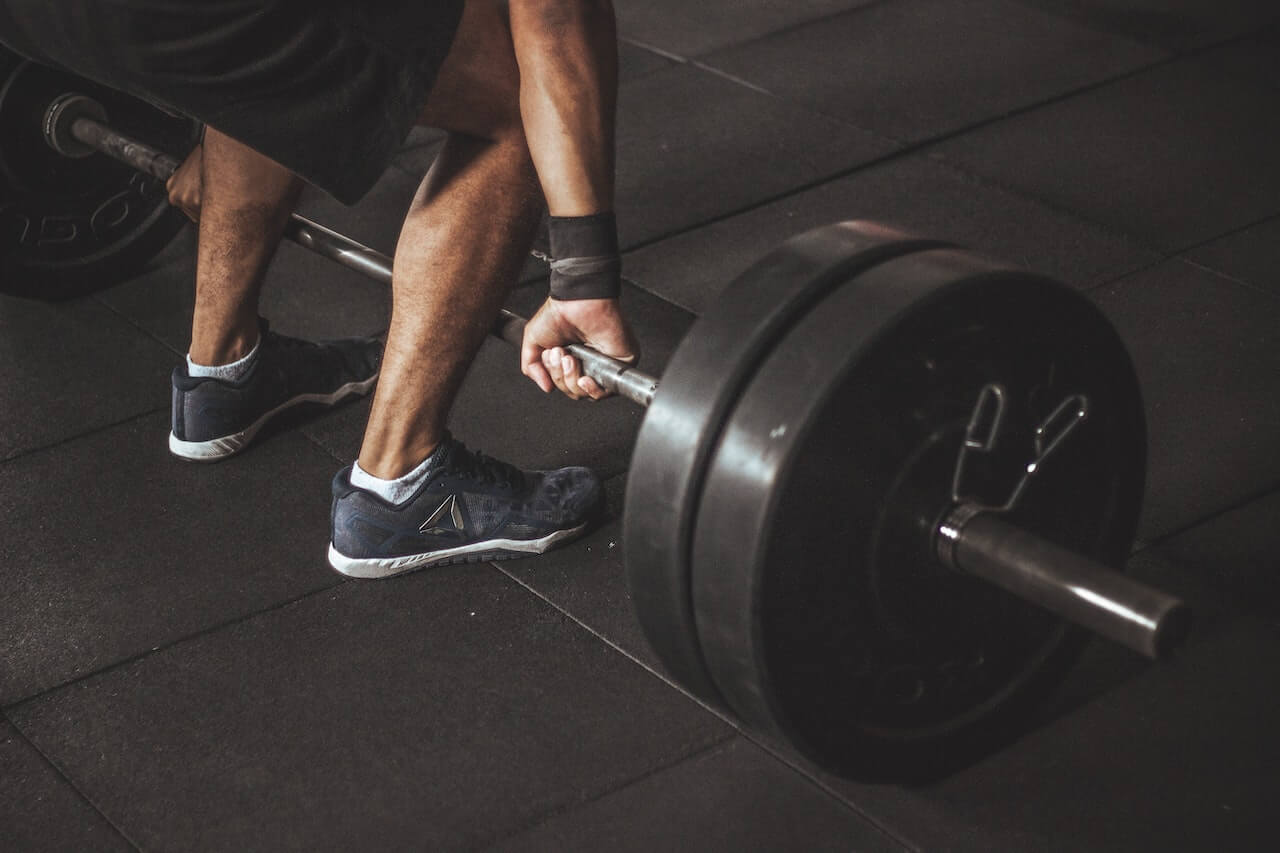
Weightlifting is a popular form of strength training that involves lifting weights to build muscle and increase strength. Here are some benefits of weightlifting:
- Builds muscle: Weightlifting is an effective way to build muscle mass and increase overall strength. By lifting weights, individuals can target specific muscle groups and increase their size and definition much more than swimming can.
- Boosts metabolism: Weightlifting can help boost metabolism, which can lead to increased calorie burn and weight loss even hours after you finish the workout.
- Improves bone health: Weightlifting can help improve bone density and reduce the risk of osteoporosis, especially in older adults.
- Increases endurance: Weightlifting can also help increase endurance if you work in the higher rep ranges and/or reduce the resting periods between sets, such as by circuit training, which can improve overall fitness and athletic performance.
- Reduces injury risk: By strengthening muscles and improving overall fitness, weightlifting can help reduce the risk of injury during physical activity as your muscles, bones, and tendons get stronger.
It is important to note that weightlifting should be done with proper form and technique to avoid injury. It is also important to gradually increase weight and intensity over time to continue seeing progress and avoid plateauing.
Comparison of Swimming and Weight Lifting
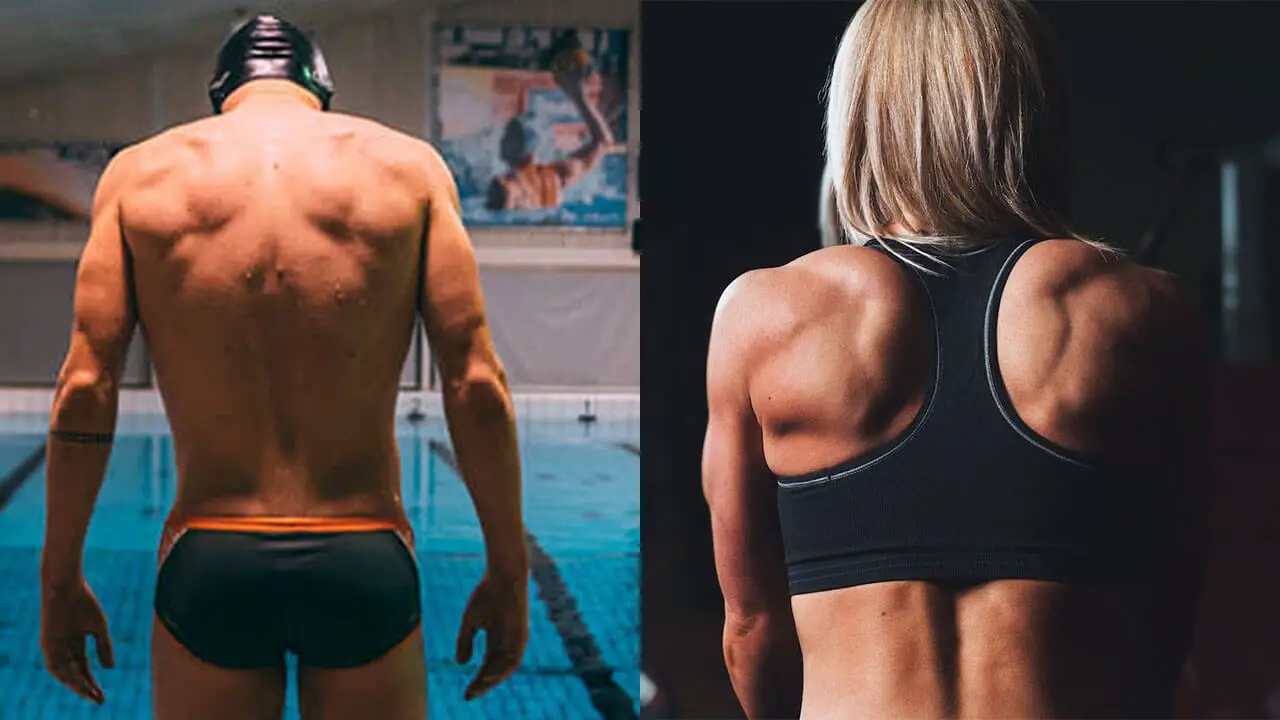
Swimming and weightlifting are two popular forms of exercise that can help you achieve your fitness goals. While both have their benefits, they differ in terms of the muscles they work, the amount of calories they burn, and the impact they have on your body.
Muscles Worked
Swimming works all the major muscle groups, including the arms, shoulders, back, chest, abs, hips, and legs.
Weightlifting primarily works specific muscle groups, such as the biceps, triceps, chest, back, shoulders, and legs. You would need to perform a wide variety of exercises (and access to specific gym equipment) to train all of your muscles.
Calories Burned
Swimming is a great way to burn calories and lose weight. According to Harvard Health Publishing, swimming can burn up to 180-420 calories in 30 minutes, depending on the intensity of the workout and how much you weigh. In comparison, weightlifting burns only about 90-126 calories in 30 minutes, according to the same source.
Impact on the Body
Swimming is a low-impact exercise that is easy on the joints and bones, making it a great option for people with injuries or arthritis. On the other hand, weightlifting is a high-impact exercise that can put stress on the joints and bones, making it a higher risk for injury if you have bad form or increase the weights too quickly.
Accessibility
Swimming requires access to a pool, which may not be available or accessible to everyone depending on the location. Additionally, swimming requires certain equipment such as goggles, swim caps, and swimwear.
Weightlifting, on the other hand, can be done at home or at a gym, but may require access to certain equipment, such as dumbbells or a weightlifting machine, which can also be an added cost.
Cost
Cost is another factor to consider. Swimming requires a membership to a gym or a community pool, which can be costly depending on your location. One concern is the deterioration of your swimming gear due to chlorine exposure.
Swimming equipment is relatively cheap but may need to be replaced every few months depending on how well you take care of them and how often you swim.
Weightlifting also requires a gym membership or the purchase of equipment for a home gym, which can be expensive upfront but may save money in the long run compared to a gym membership.
Having a home gym also helps you save on transportation costs and saves you a lot of time. And time, as they say, is money.
Gym or Swim? Depends on Your Goals
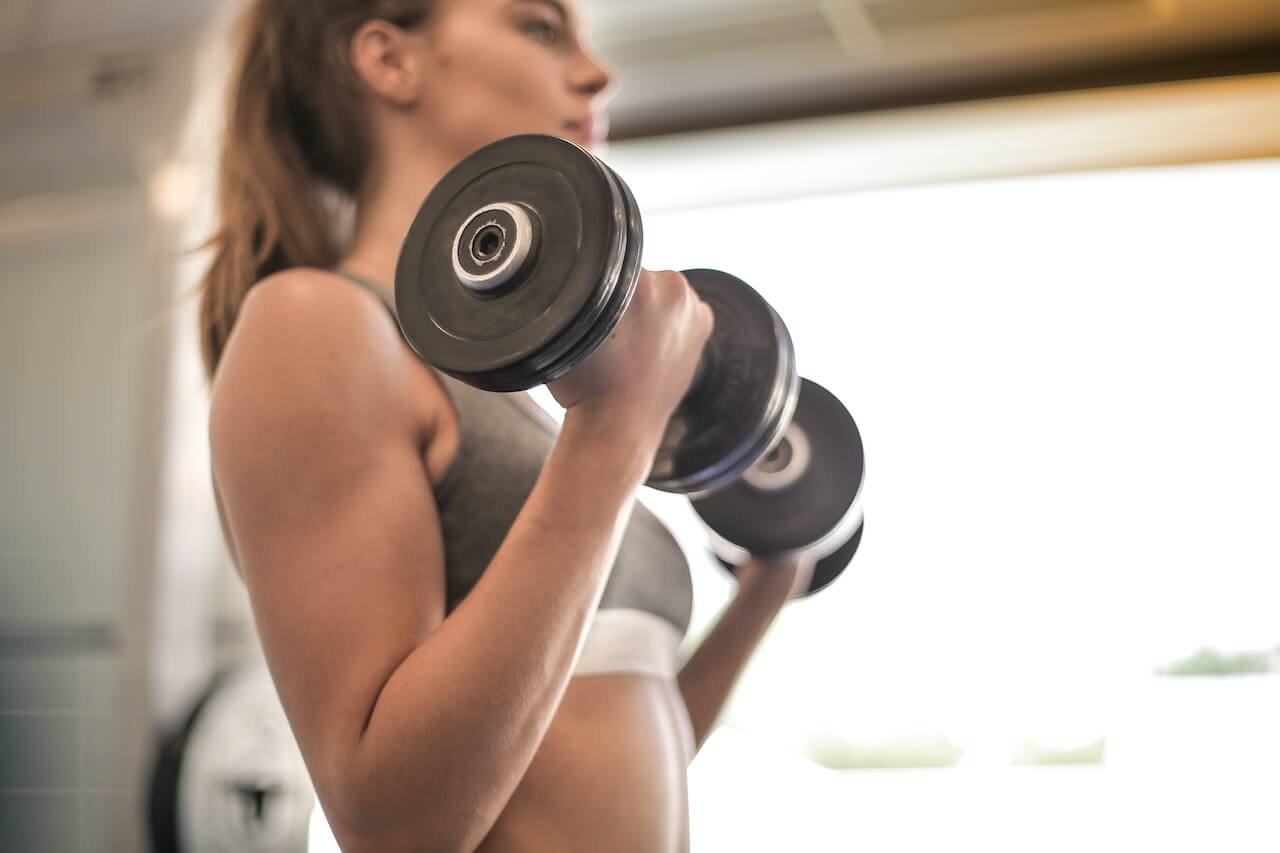
Choosing the right exercise is crucial to achieving your fitness goals. Different exercises offer different results, so it’s important to consider what you want to achieve before deciding on an exercise regimen. Here are some factors to consider:
Weight Loss
If your goal is weight loss, swimming may be the better choice. Swimming is a low-impact exercise that burns a lot of calories, making it an effective way to lose weight.
Swimming can burn up to 180-420 calories in 30 minutes, depending on the intensity of the workout.
Weightlifting, on the other hand, burns fewer calories but can help build muscle mass, which can increase your metabolism and help you burn more calories at rest.
Most weightlifters or bodybuilders who get really lean do some form of cardio such as running, cycling, or even swimming.
Muscle Building
If your goal is to build muscle, weightlifting is the way to go. Weightlifting is a resistance exercise that can help you build muscle mass and strength.
Weightlifting should offer some degree of challenge in at least some workouts so that the exercise increases or sustains fitness levels.
Swimming can also help build muscle, but it may not be as effective as weightlifting because the water resistance is insufficient for turning people into bodybuilders.
The unsurprising reason behind swimmers having a lean, chiseled physique is that they also go to the gym to lift weights and build muscle.
Having a slightly muscular physique allows them to perform more powerful kicks and strokes.
Cardiovascular Health
If your goal is to improve your cardiovascular health, both swimming and weightlifting can be effective.
Swimming is a great cardiovascular workout that can improve your heart health and lung capacity.
Weightlifting can also improve your cardiovascular health by increasing your heart rate during workouts and improving blood flow to your muscles.
Weightlifting can also improve cardiovascular health if you do circuit style training. This is characterized by doing multiple exercises back-to-back in a circuit, focusing on high reps and minimal rest in between sets.
It’s basically like cardio mixed with weightlifting and is a type of high intensity interval training (HIIT).
Recovery
Swimming can be a great form of active recovery, as it is low-impact and can help reduce muscle soreness and inflammation. Swimming can also help improve blood flow to your muscles, which can speed up the recovery process.
Furthermore, swimming can provide a calming and relaxing effect on the body, which can help reduce stress and promote overall well-being.
Weightlifting requires proper recovery, as it places a significant amount of stress on the muscles and joints. According to LiveStrong.com, you should rest 48 hours between heavy workouts to allow your muscles to fully recover.
One effective way to recover after weightlifting is through active rest days, which involve performing light exercise, such as walking or gentle stretching, to promote blood flow and reduce muscle soreness. You could also do some light swimming and get the best of both worlds.
Additionally, proper nutrition and hydration are important for recovery, as they provide the necessary nutrients and fluids for the body to repair and rebuild muscle tissue.
Personal Preference
Finally, personal preference plays a significant role in determining which exercise is best for you. While swimming may be low-impact and beneficial for those with joint issues or injuries, some people may not enjoy being in the water or may have a fear of swimming.
Similarly, weightlifting may be more enjoyable for those who prefer to challenge themselves with heavier weights and see visible muscle growth, but may not be for everyone. Some struggle with a fear of going to the gym and would feel more comfortable in the pool instead.

